I own a diy ebike that uses recycled laptop 18650 lithium cells. Details can be found here: http://www.afdhalatifftan.com/2017/03/an-update-on-my-ebike-project.html
I originally use a simple TL431 based shunt balancer, but, it generated too much heat when charging.
I worry it will catch on fire, so I decided to find a non-dissipative solution instead.
This is an ongoing project, I will update this page as I make any progress.
Any likes for this project will help me to obtain some financial aids to accelerate the project development.
FInal circuit: http://www.afdhalatifftan.com/2017/06/low-cost-active-battery-balancer.html
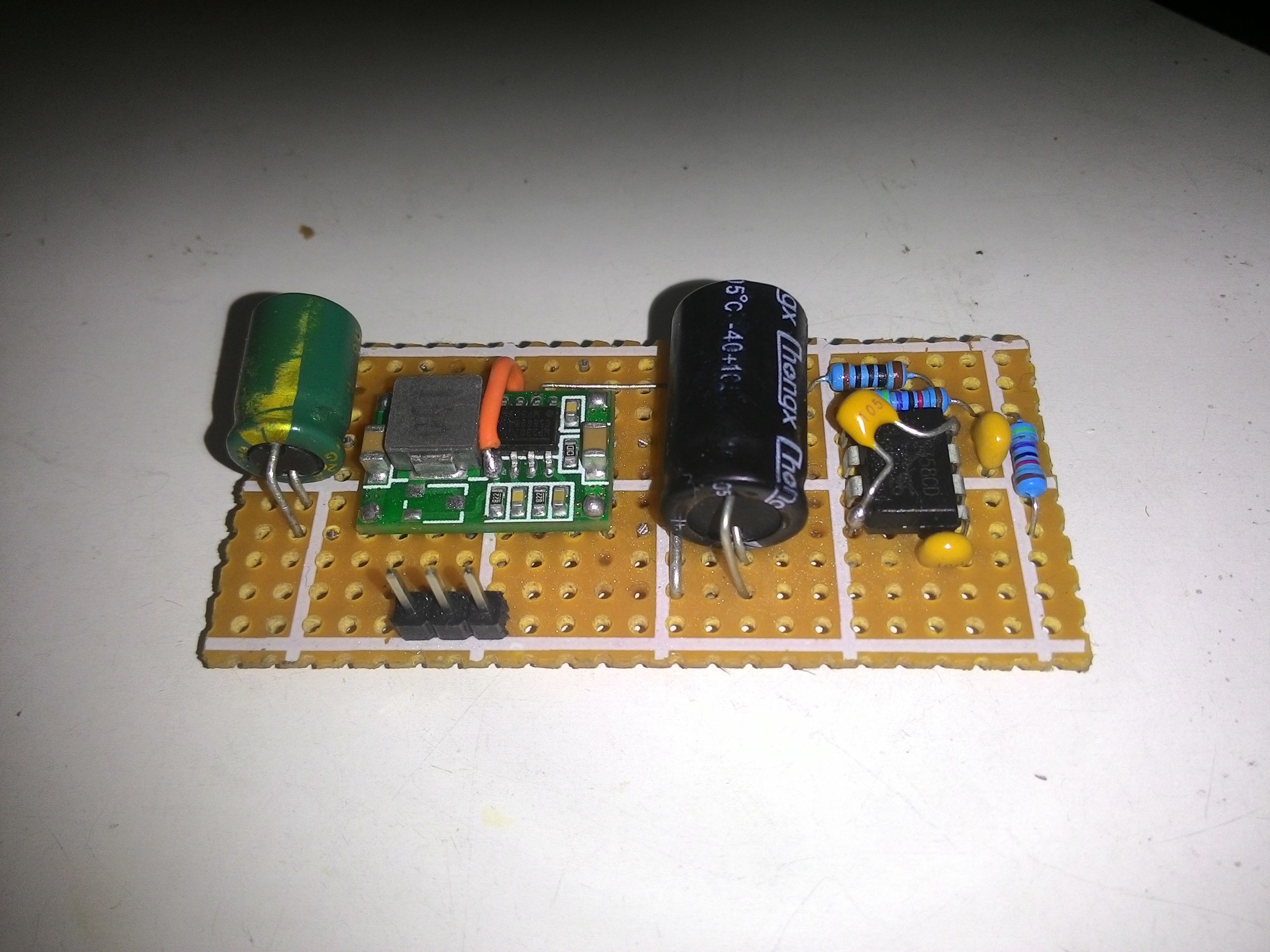
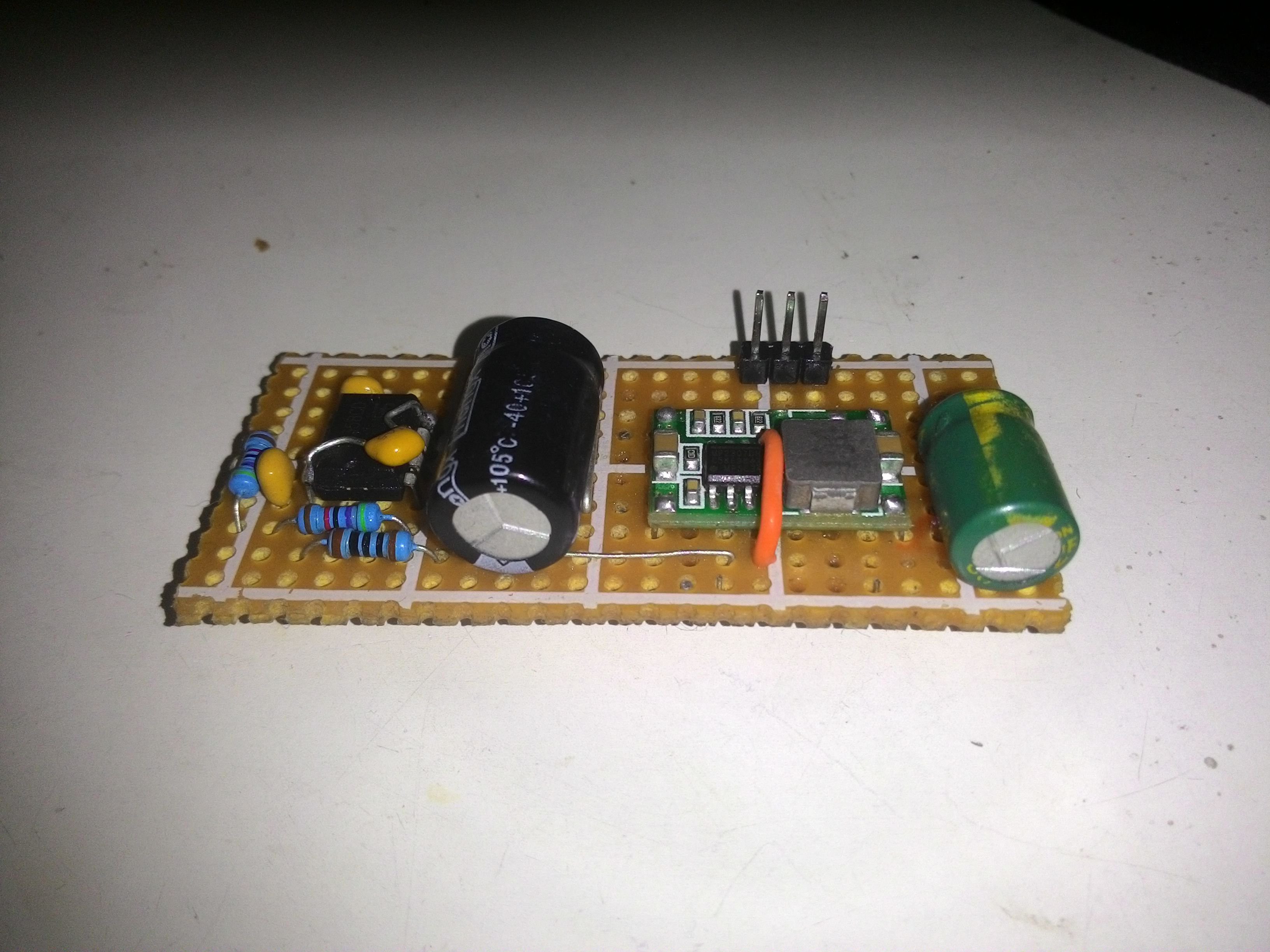
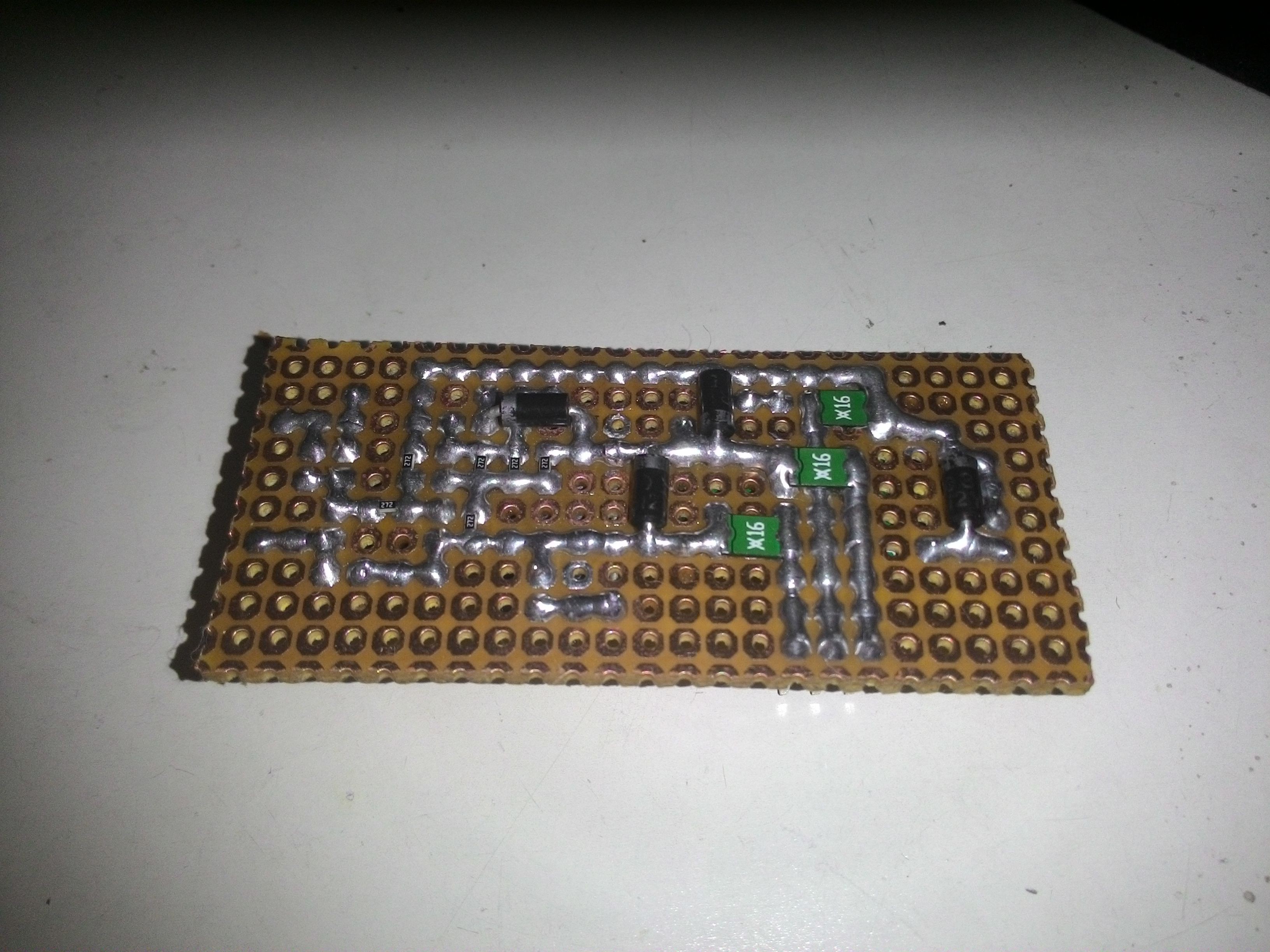
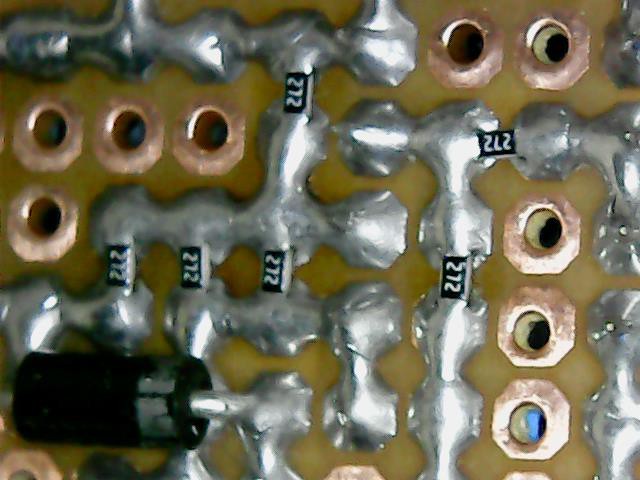
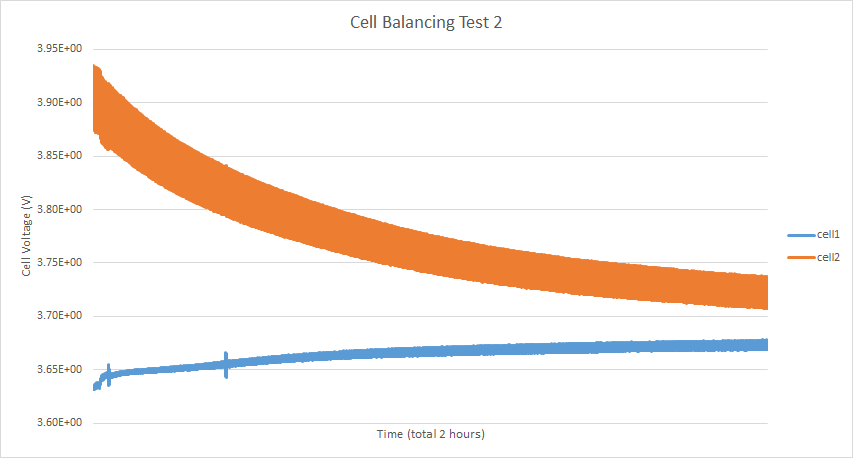
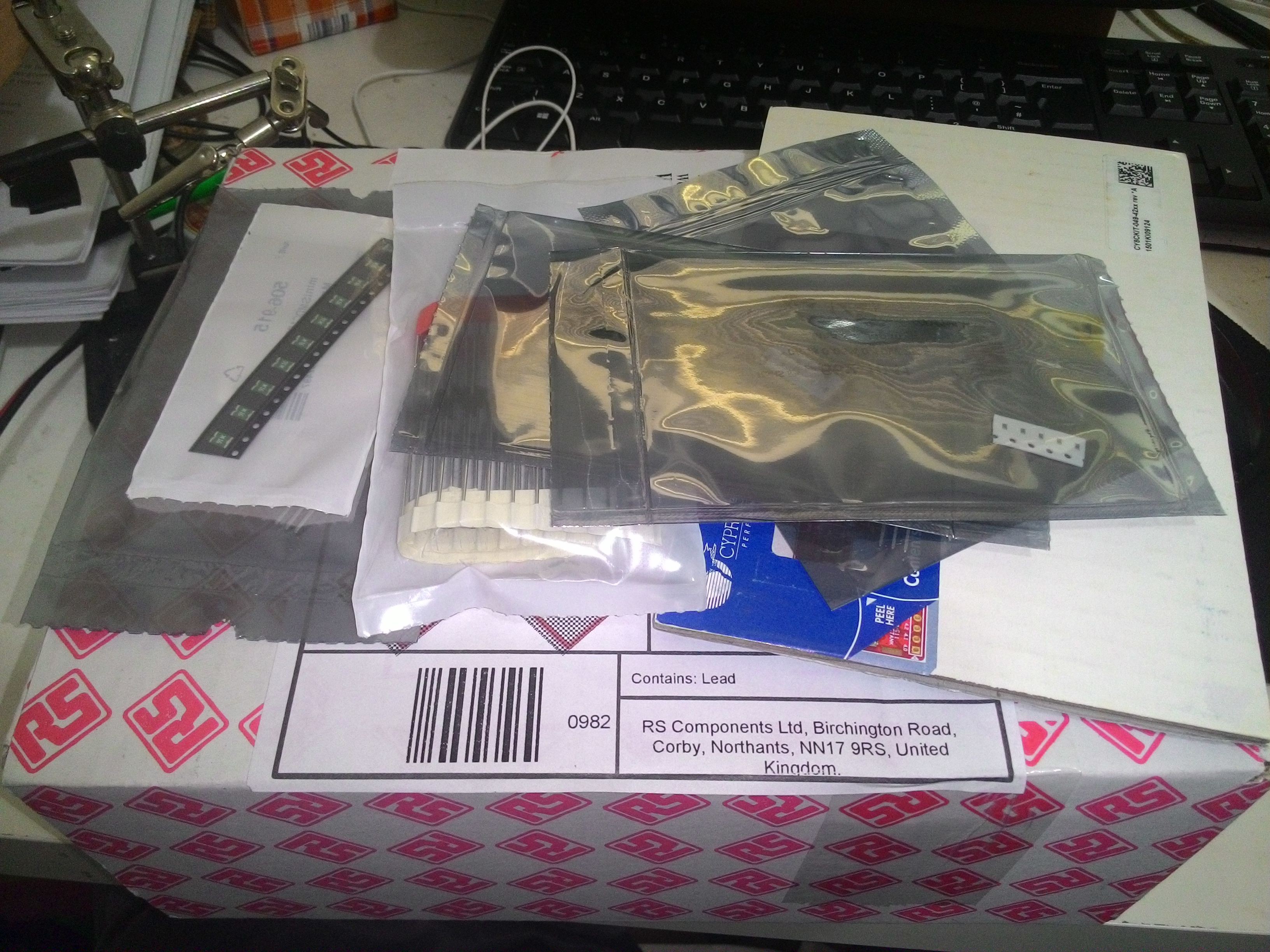
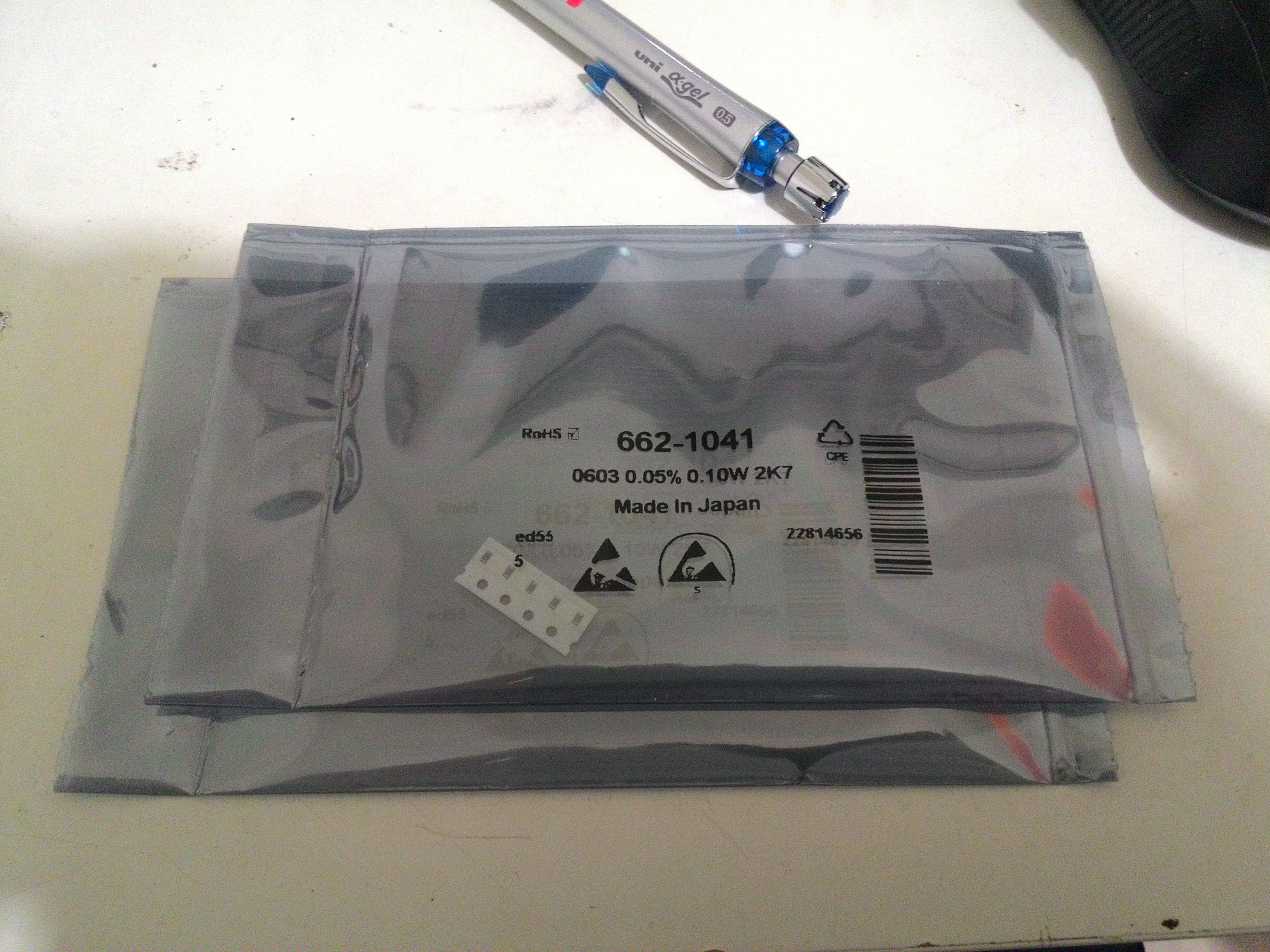
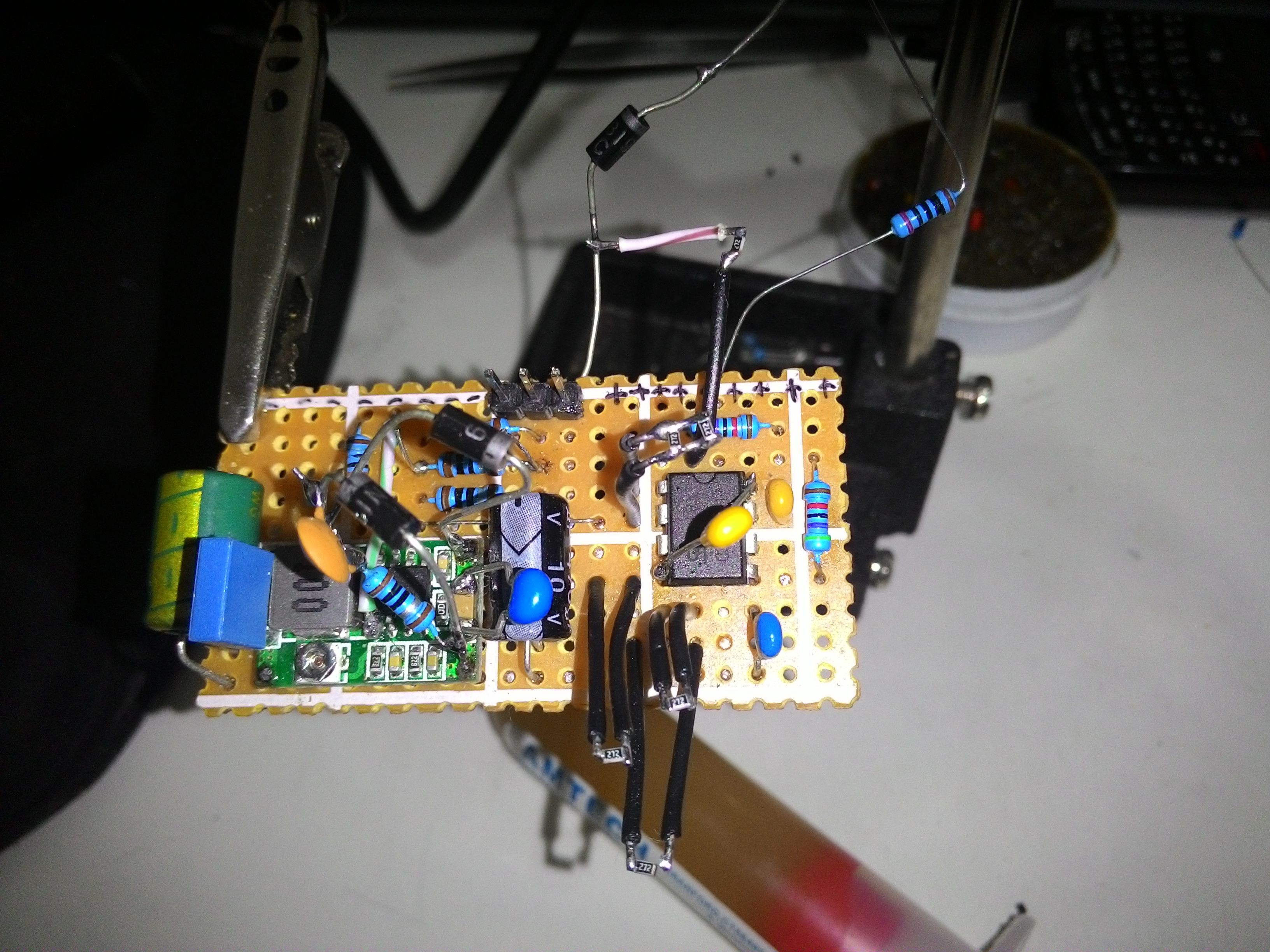
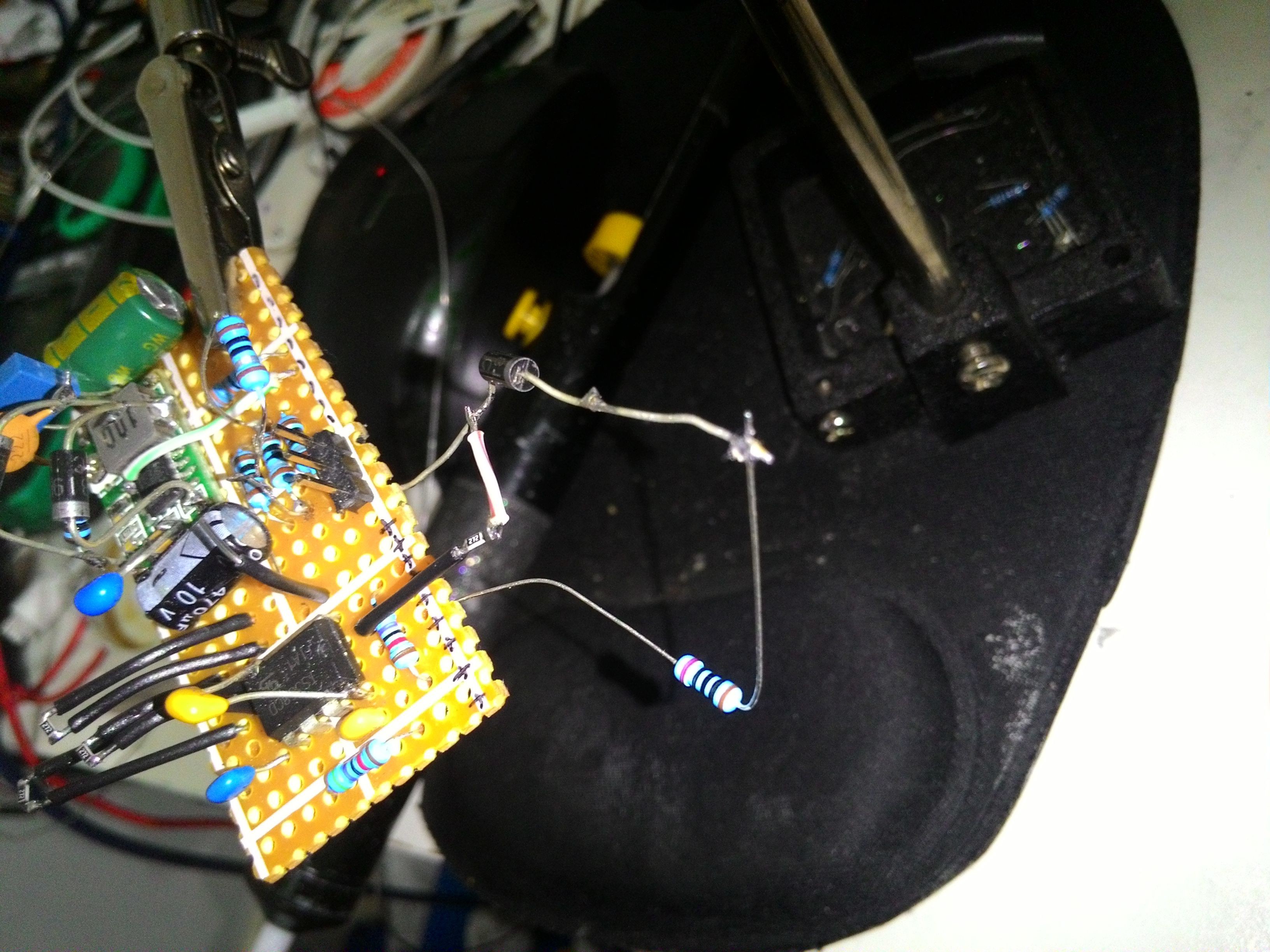
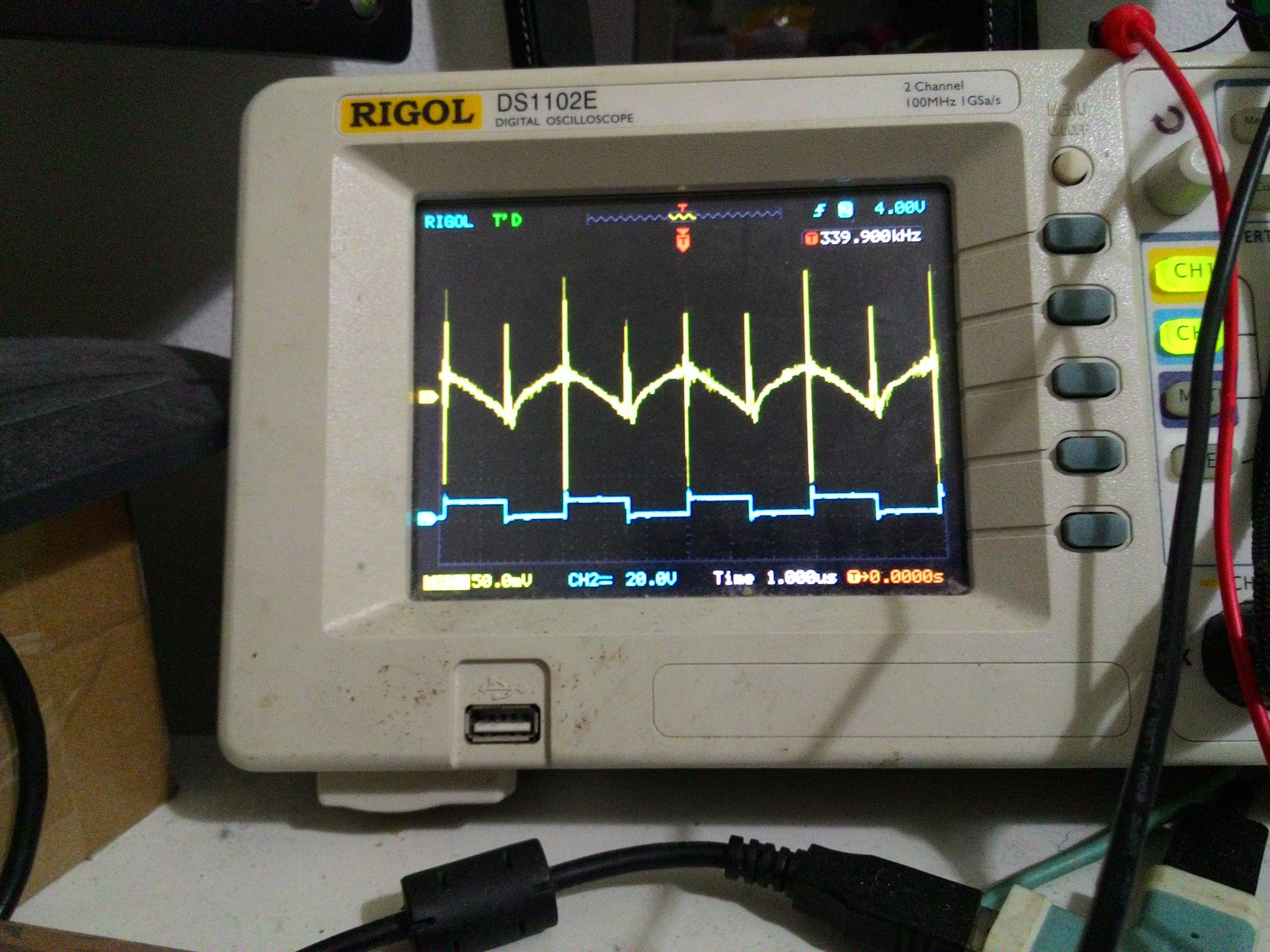
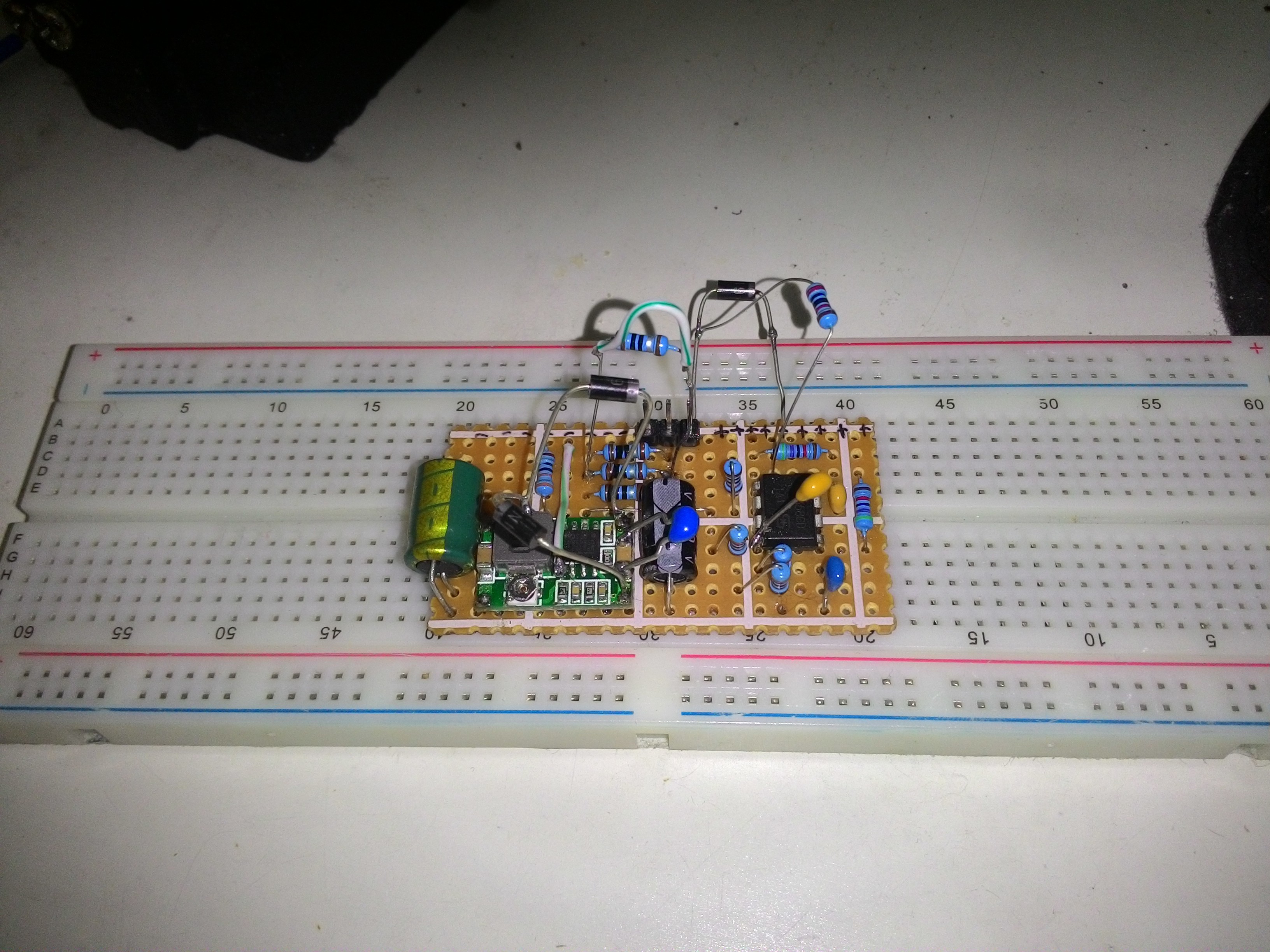
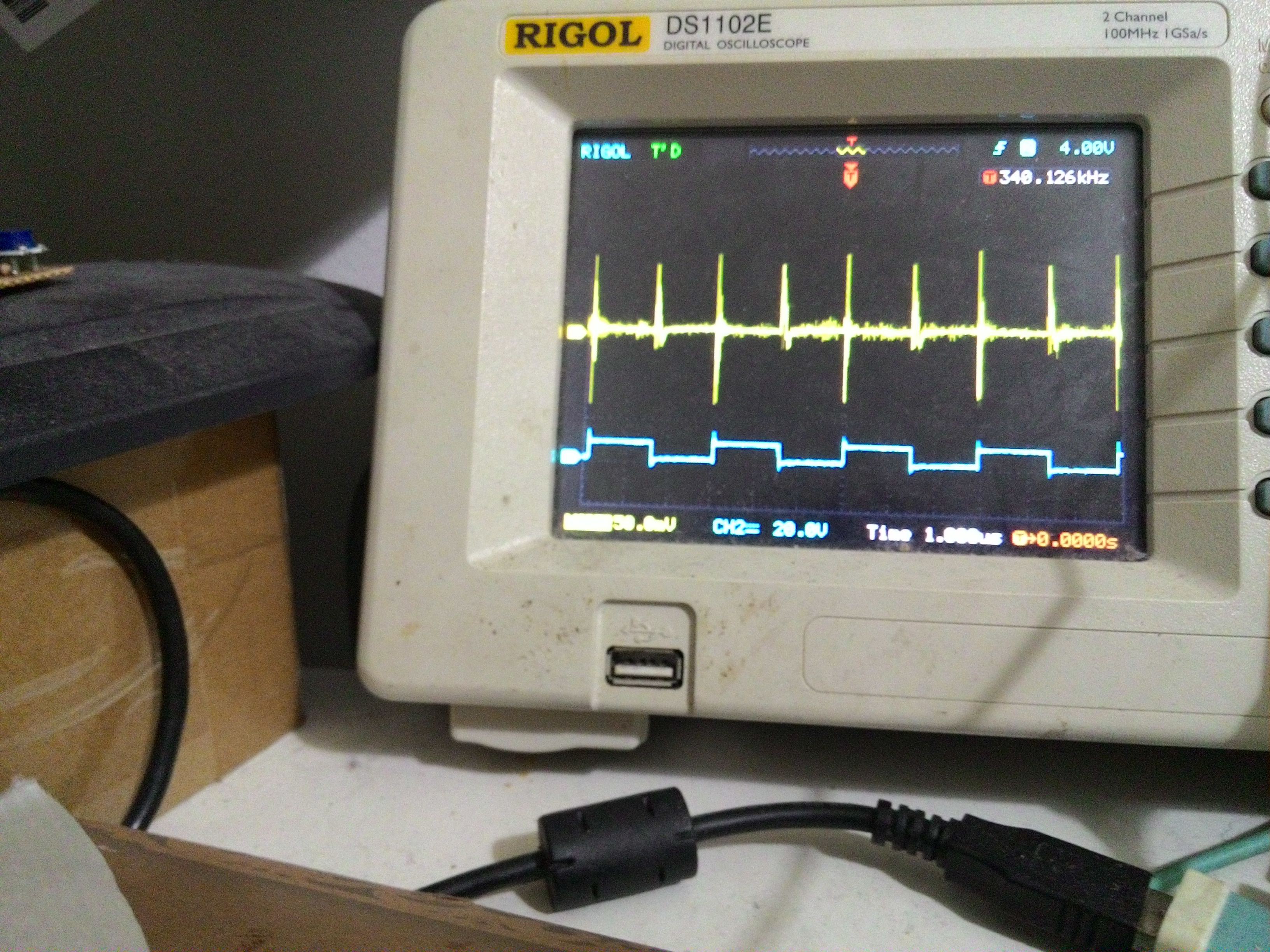
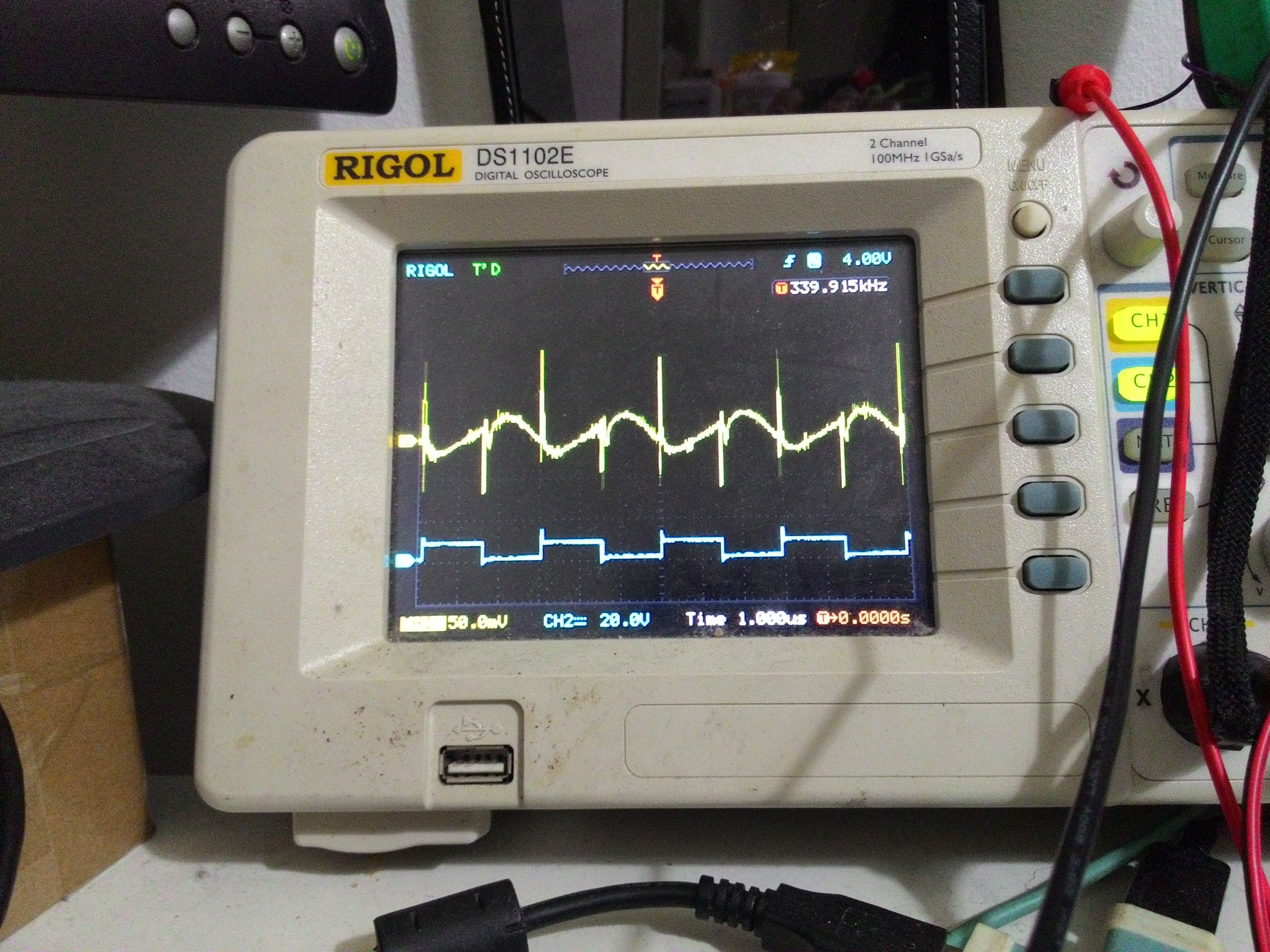
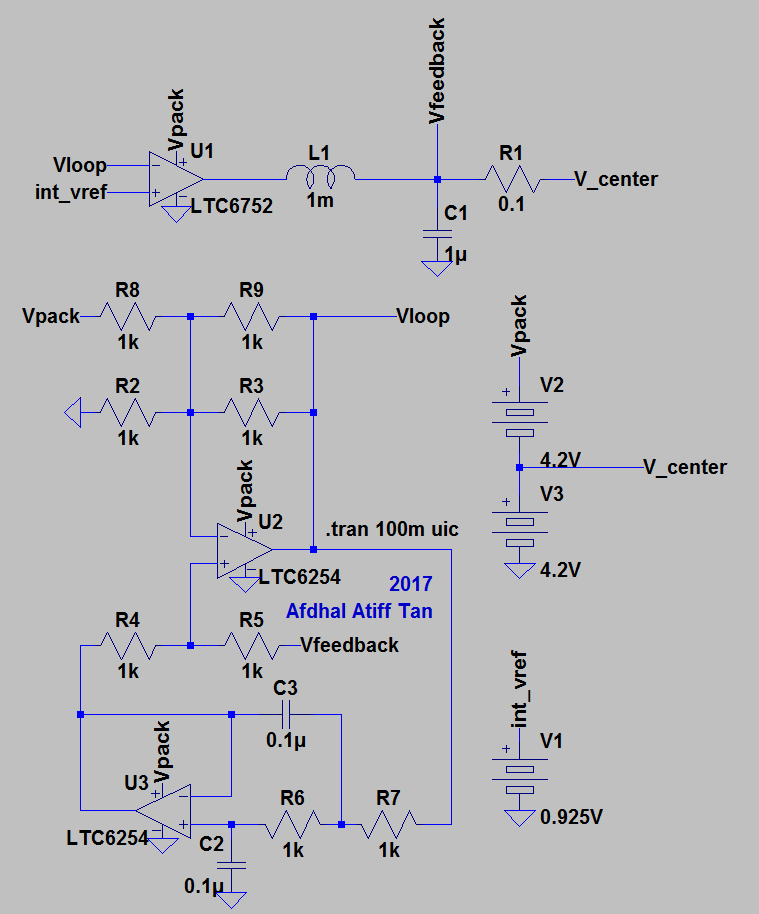
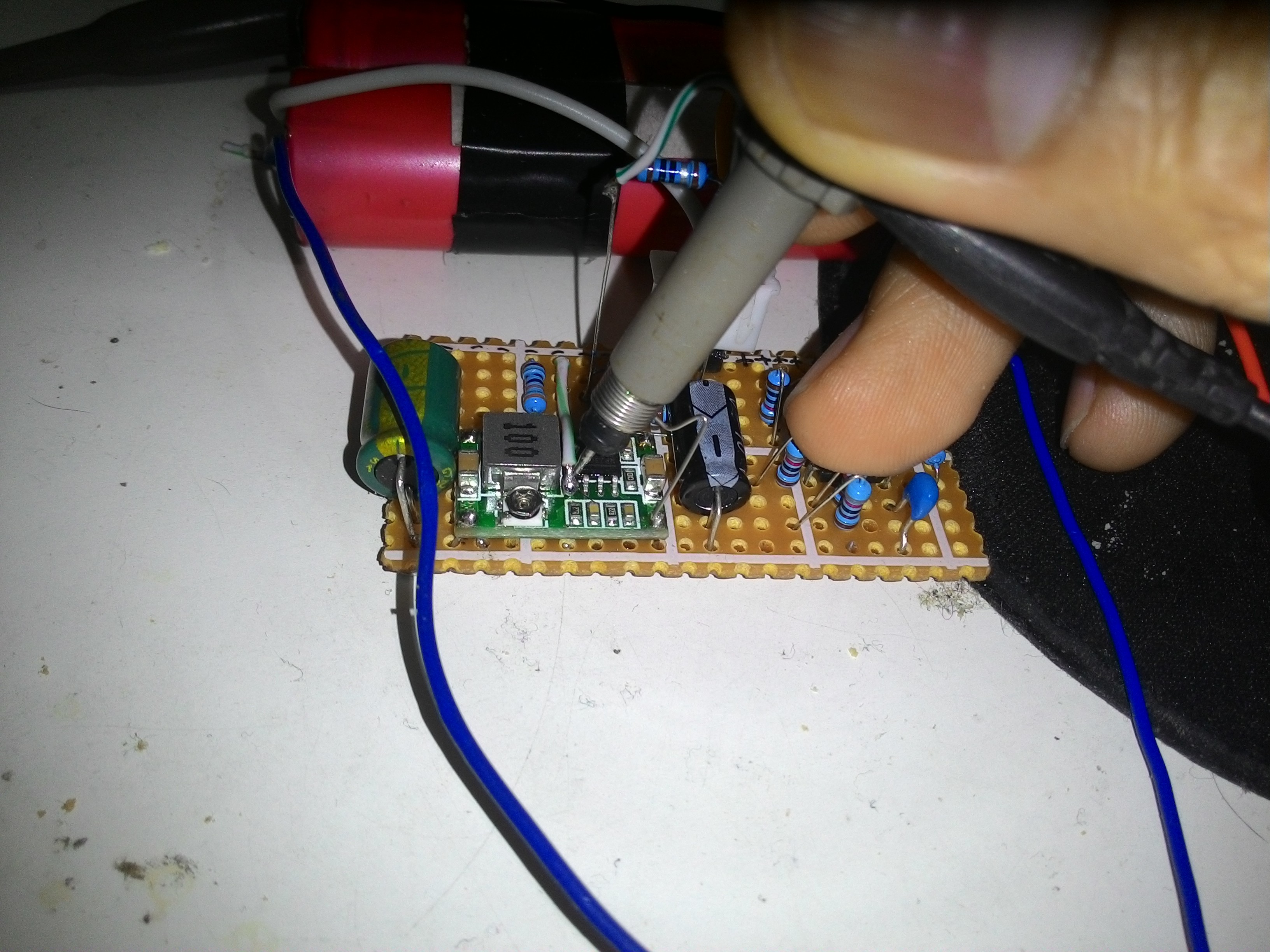
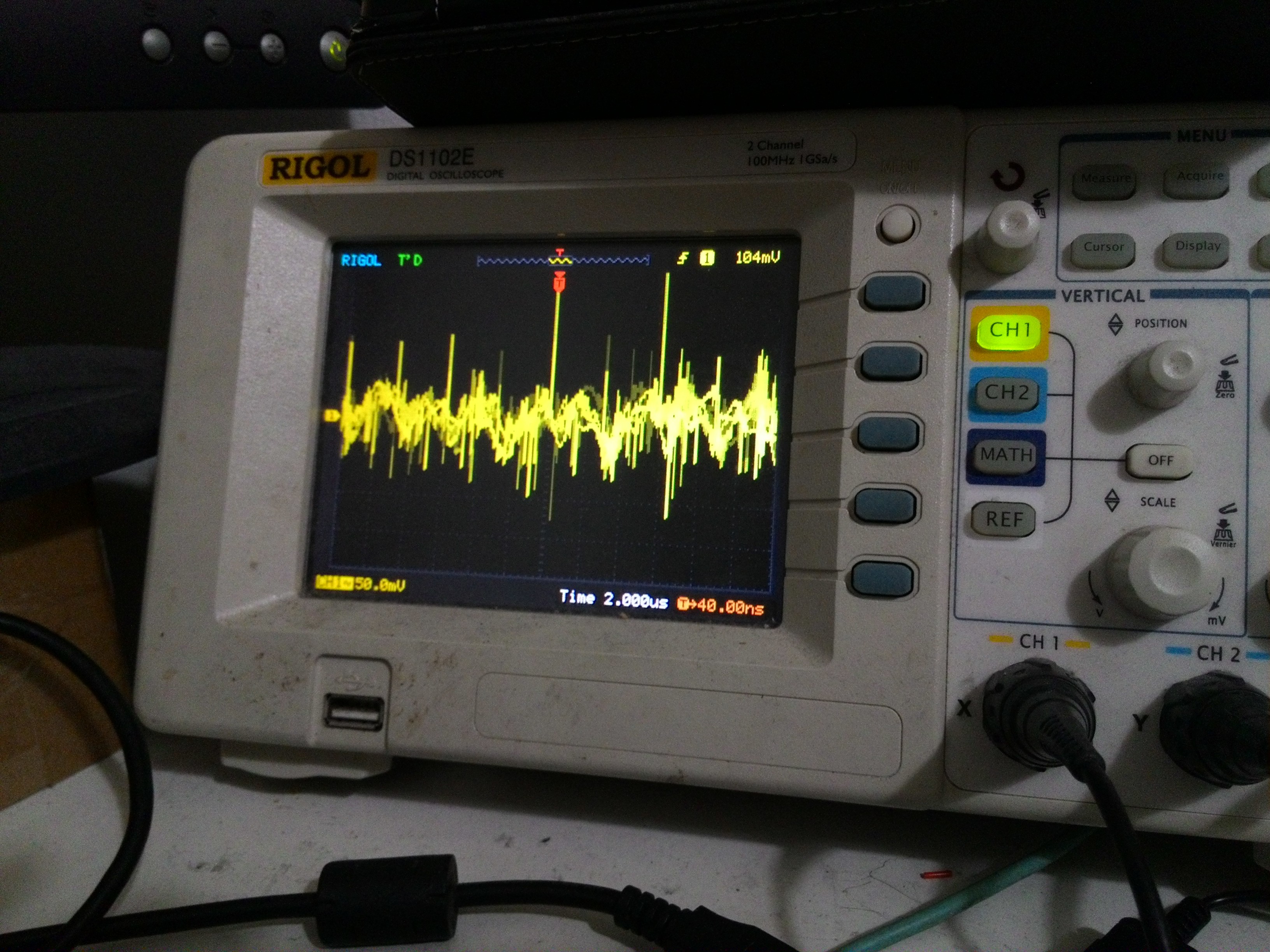
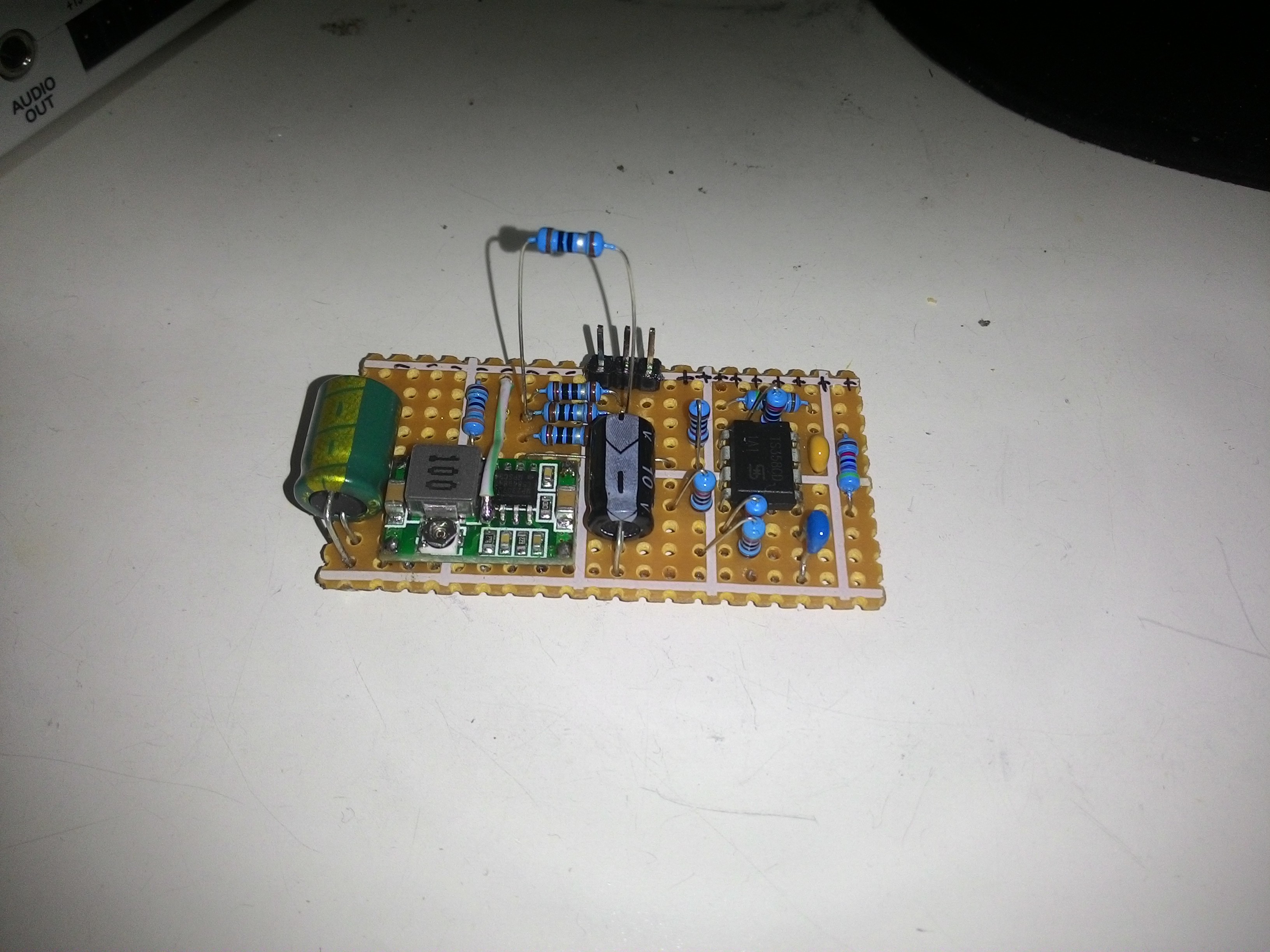
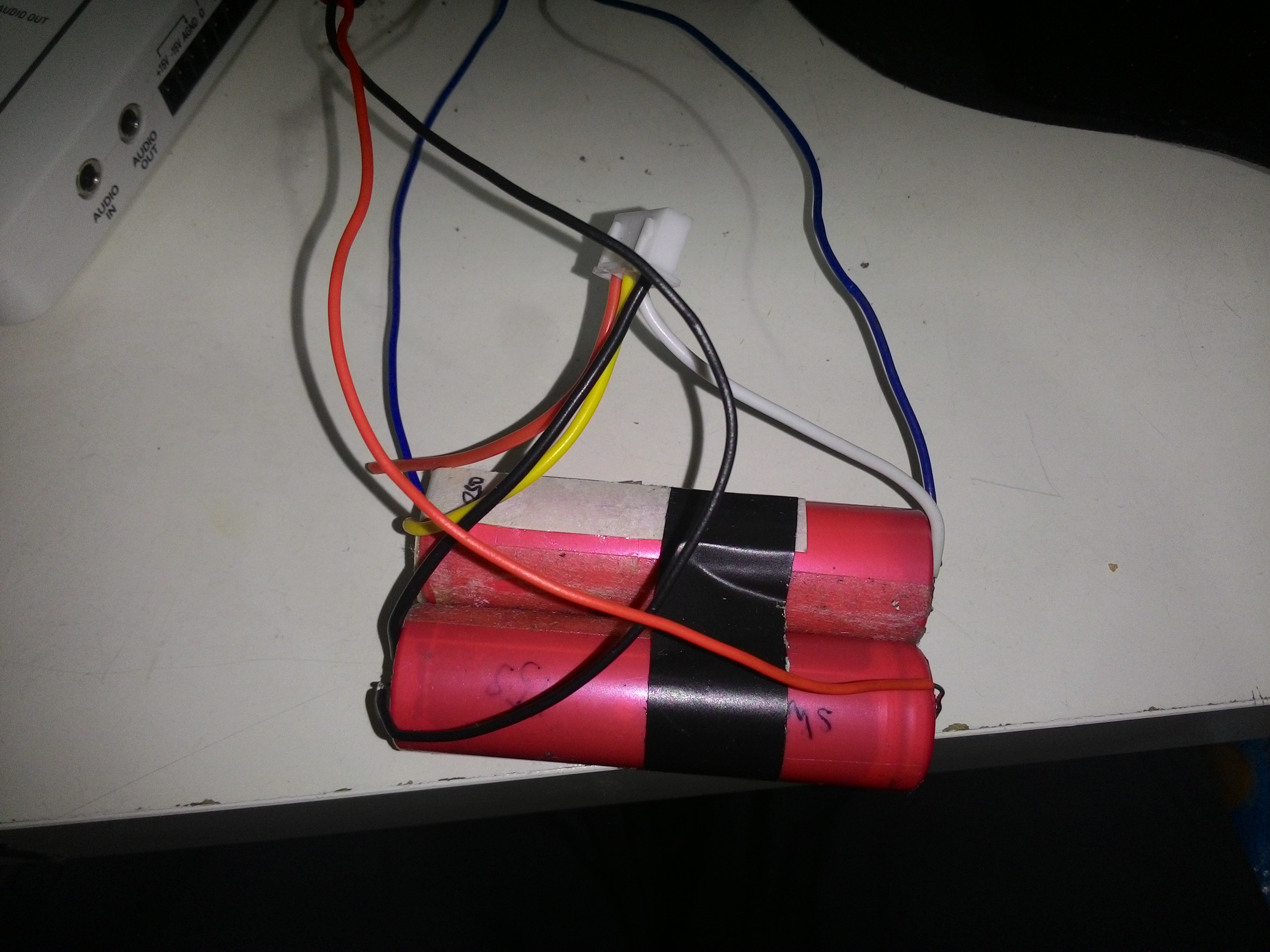
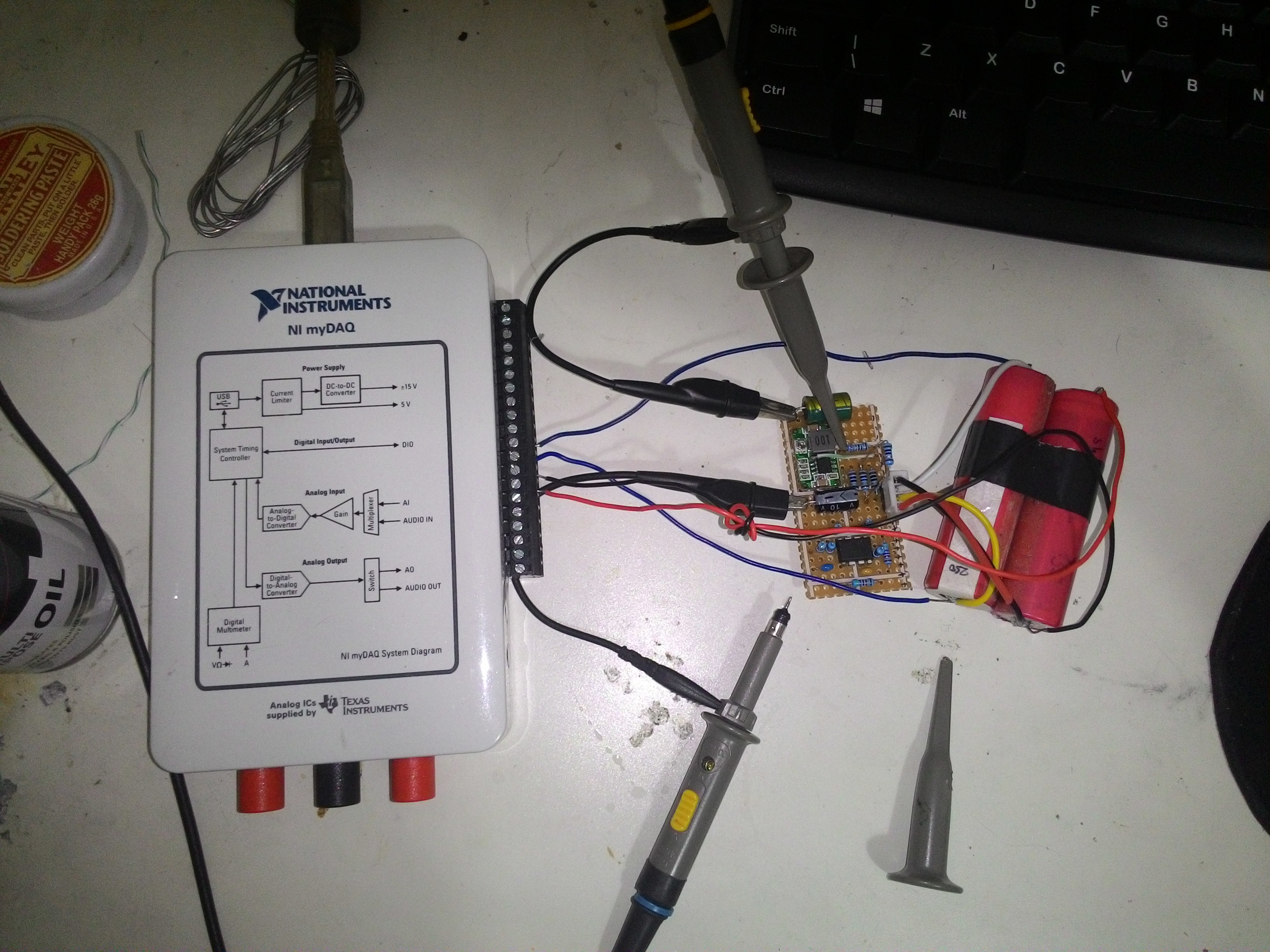
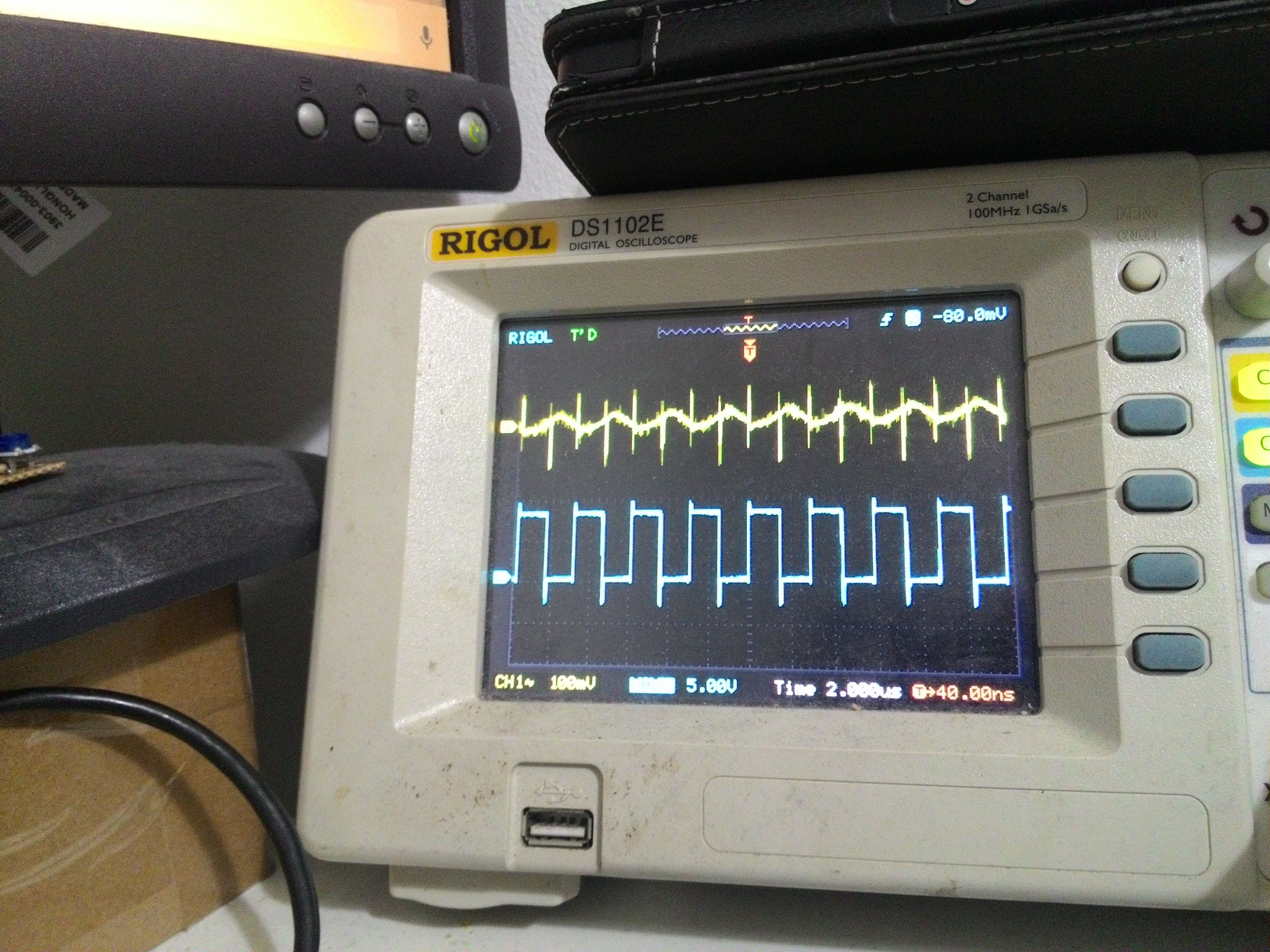
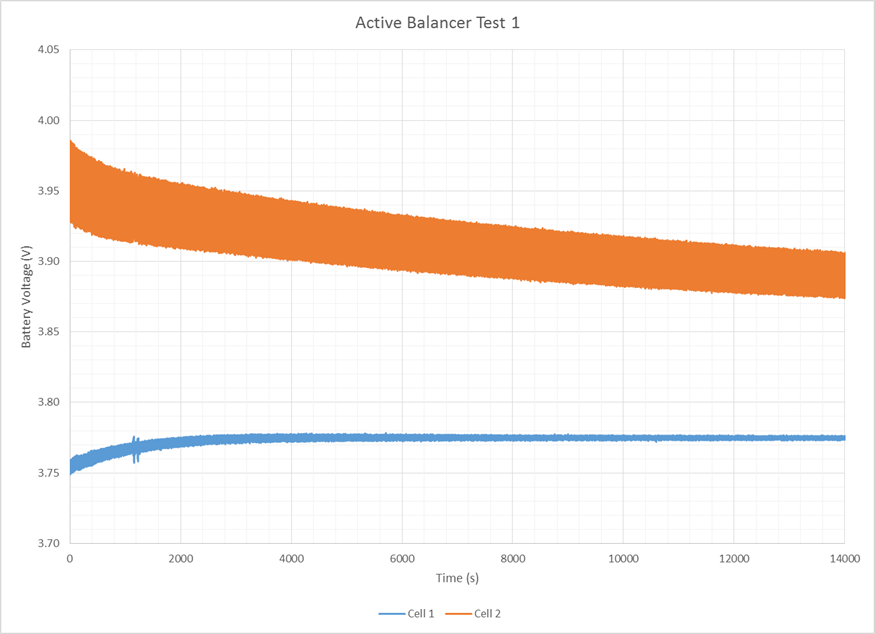
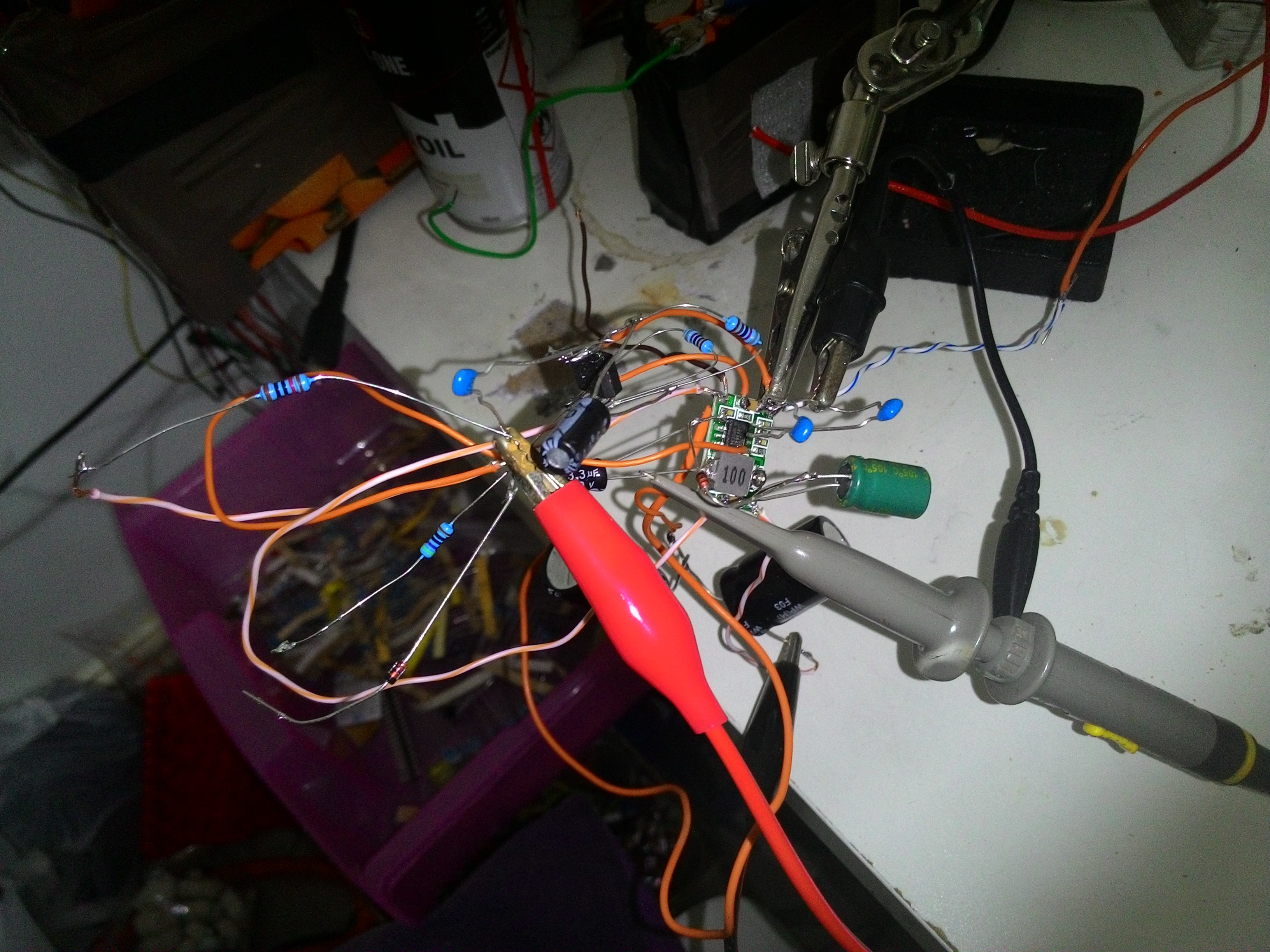
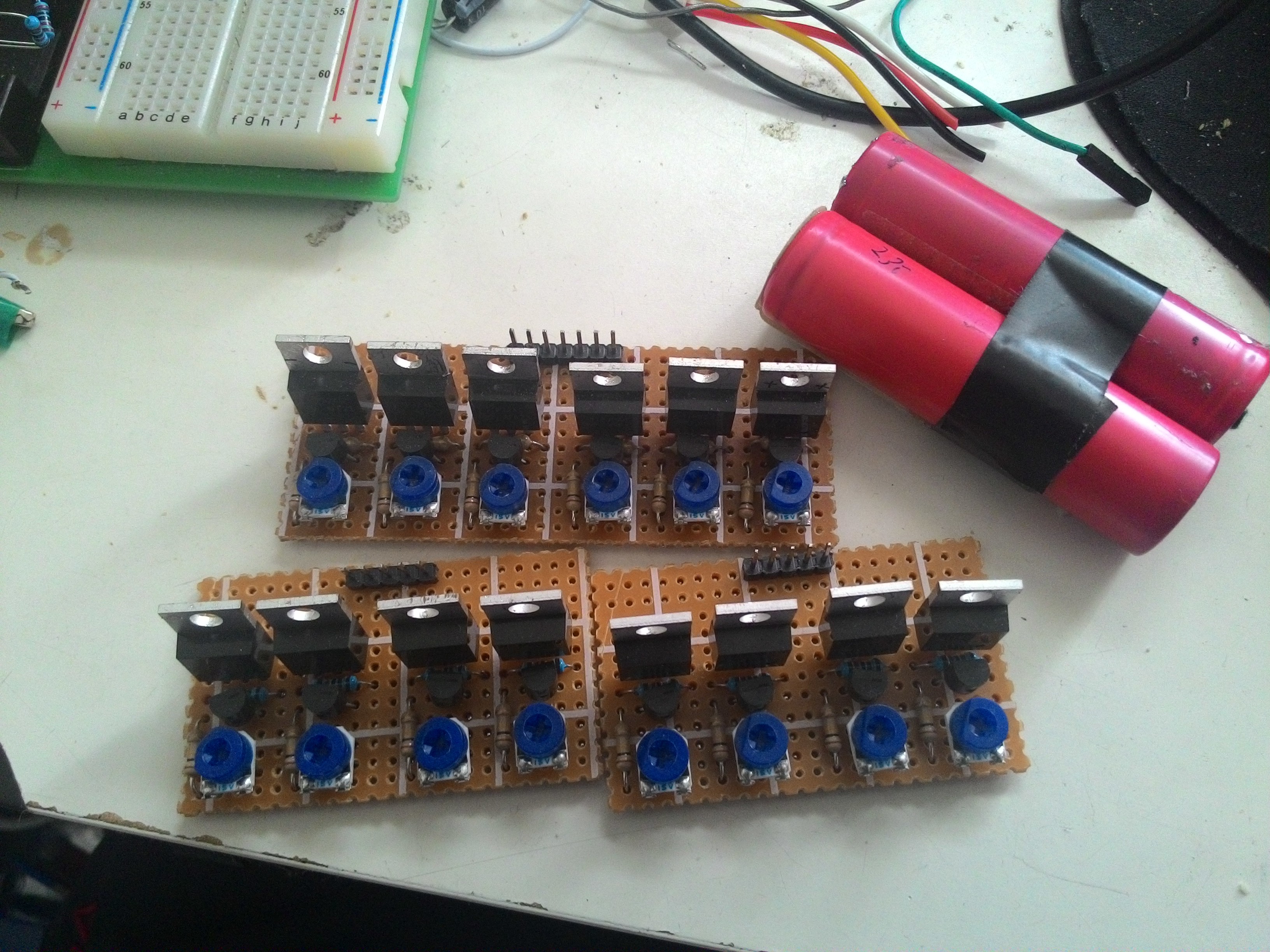





Congrats for this smart project! I could use this to balance two in-series LiFePo batteries in my solar bank; however, they are 24V (nom) each, so I would need a way to extend the overall Voltage to 65V: would you know of a similar device in this range, or could you imagine additional circuitry to 'center' the device in this range while limiting its exposed voltage to spec?